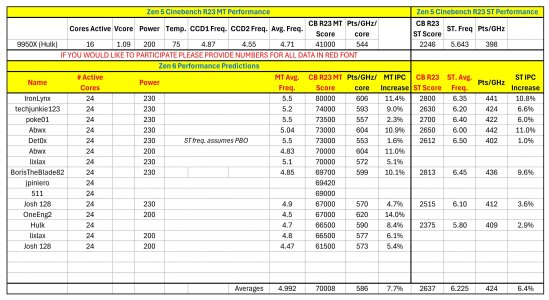poke01
Diamond Member
- Mar 8, 2022
- 4,408
- 5,725
- 106
w
should be similiar to Strix HaloIf they can knock that down to the sub 15W range that would be a tremendous accomplishment, but that remains to be seen




